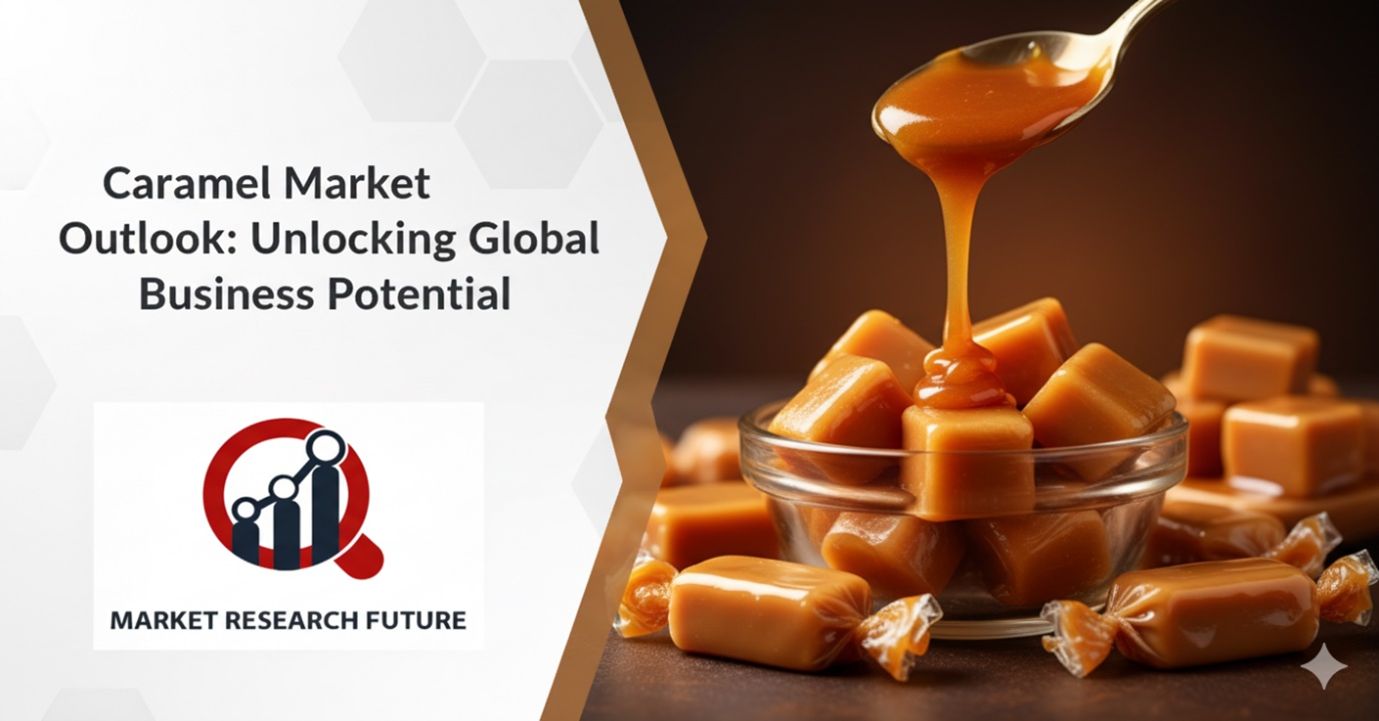Caramel: A Great Business Opportunity

Caramel is more than just a sweet treat—it has become a versatile ingredient that is powerfully making its way across multiple industries. From confectionery to beverages, dairy, bakery, and even cosmetics, caramel has proven to be both a flavor enhancer and a market driver. As global consumer preferences shift toward indulgence and innovative food experiences, the caramel market is emerging as a significant business opportunity worth exploring.
Caramel Beyond Confectionery
Traditionally, caramel has been associated with chocolates, candies, and desserts. But in recent years, its use has expanded far beyond the confectionery aisle. Today, it is an essential flavoring in ready-to-drink coffees, milkshakes, ice creams, bakery fillings, and even savory sauces. This expansion reflects how versatile caramel can be, allowing businesses to innovate in product development and cater to diverse consumer palates. The global market is benefiting from this broader adoption, creating new revenue streams for companies that understand caramel’s potential.
Rising Demand for Premium and Indulgent Experiences
One of the strongest forces driving the caramel market is the growing demand for indulgence. Consumers worldwide are looking for products that not only taste good but also offer a premium experience. Caramel, with its rich flavor and appealing texture, fits this expectation perfectly. Whether it is a drizzle on gourmet coffee, a swirl in artisan ice cream, or a layer in luxury confectionery, caramel delivers a sense of sophistication and comfort at the same time. This dual role as both a premium and an everyday ingredient positions caramel uniquely in the market.
Health-Conscious Consumers and Clean-Label Trends
While indulgence drives demand, consumers are also becoming increasingly health-conscious. This shift has encouraged manufacturers to explore clean-label caramel solutions made with natural sweeteners, reduced sugar, and organic ingredients. The move toward healthier options is not limiting caramel’s growth—instead, it is creating new opportunities for innovation. Brands that can balance indulgence with health-focused formulations are likely to stand out in this evolving market landscape.
Caramel in Beverages: A Fast-Growing Segment
Beverages are emerging as one of the fastest-growing applications for caramel. The rise of coffee culture, particularly in emerging economies, has made caramel-flavored lattes and frappes immensely popular. Similarly, ready-to-drink beverages featuring caramel notes are gaining traction among younger consumers who value convenience and flavor diversity. This expanding application base highlights how caramel is no longer just a food ingredient but also a trendsetter in the beverage space.
Regional Dynamics Shaping Growth
The caramel market is expanding globally, but regional dynamics play a crucial role in shaping growth patterns. North America and Europe remain strong markets due to the presence of established food and beverage industries and a high demand for premium indulgent products. Meanwhile, the Asia-Pacific is witnessing rapid growth fueled by changing lifestyles, urbanization, and rising disposable incomes.
As consumers in this region increasingly adopt Western-style desserts and beverages, caramel-based products are finding a strong foothold. These regional differences create a range of opportunities for both established players and emerging businesses.
Technology and Product Innovation
Advances in food technology are also influencing the caramel market. Improved production techniques have enabled the development of caramel with longer shelf life, better consistency, and adaptable formulations suitable for a variety of industries. Manufacturers are investing in research to create reduced-sugar caramel, vegan caramel alternatives, and even plant-based caramel flavors to align with consumer expectations. Such innovations are not only strengthening the competitive landscape but also broadening the scope of applications across industries.
Investment and Business Potential
From a business perspective, caramel offers strong investment potential. The global market outlook suggests steady growth, driven by its expanding applications and consistent consumer appeal. Businesses can tap into this potential by diversifying their product portfolios, targeting niche consumer groups, and exploring opportunities in fast-growing regions. With the right strategies, companies can position themselves to benefit from caramel’s steady rise as a market driver.
Looking Ahead
Caramel is no longer confined to the role of a traditional sweetener or topping. It has evolved into a multi-dimensional ingredient that enhances taste, texture, and consumer experience across industries. As trends like clean-label, indulgence, and innovation continue to shape consumer preferences, caramel’s relevance is only expected to grow. For businesses, the message is clear: caramel represents more than a flavor—it is a global business opportunity waiting to be unlocked.

Leave a Comment